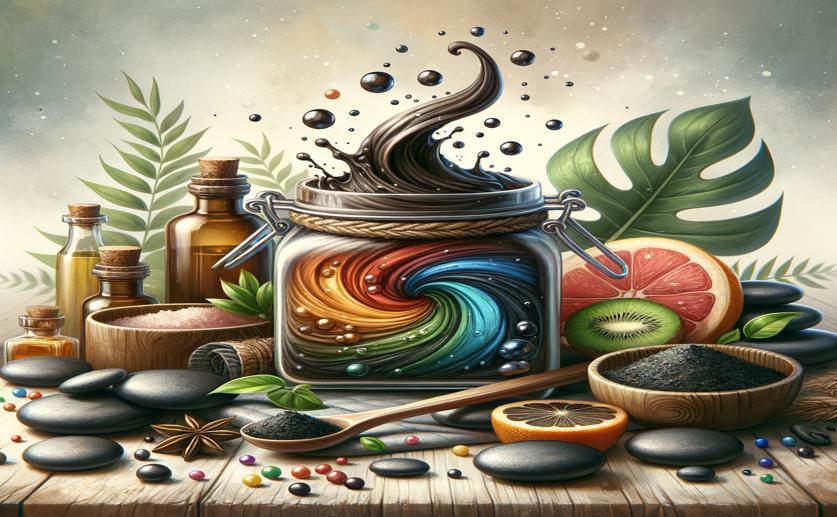
Clay with Antioxidants for Lasting Body Scrubs
Greg Howard
14th April, 2024

Image Source: Natural Science News, 2024
Key Findings
- In Thailand, clay combined with plant extracts creates a stable antioxidant for cosmetics
- The best storage for this antioxidant clay is at 4°C, maintaining its protective qualities
- Over 28 days, the clay kept its antioxidant power, suggesting long-term cosmetic benefits
References
Main Study
1) Bio-clay: Antioxidant-rich and stable for body mud scrubs.
Published 15th April, 2024 (future Journal edition)
https://doi.org/10.1016/j.heliyon.2024.e29122
Related Studies
2) The advantages of clay mineral modification methods for enhancing adsorption efficiency in wastewater treatment: a review.
3) Stabilizing effect of montmorillonite on acerola juice anthocyanins.
4) Evaluating the effect of additives on stability of betacyanin pigments from Basella rubra in a model beverage system during storage.



 9th April, 2024 | Jim Crocker
9th April, 2024 | Jim Crocker